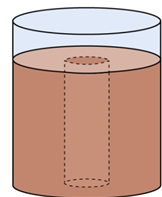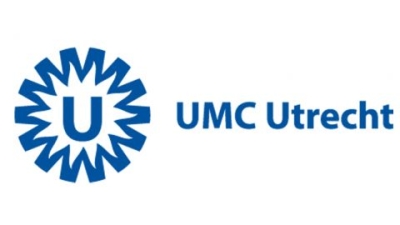Functional joint repair for durable mobility
Trauma of joint surfaces is common. Unfortunately, articular cartilage has a very low tendency for healing and damage invariably leads to the formation of osteoarthritis, a major cause of disability and loss of quality of life in elderly people. FREEDOM seeks to create durable cartilage repair in a joint project of the medical device company JointSphere, the innovative tissue function testing company LifeTec and the University of Utrecht together with the University Medical Centre Utrecht.
Of the 17 million people in The Netherlands, 1.4 million suffer from osteoarthritis. The ultimate treatment is joint replacement by artificial joints. Whilst clinically effective, the implants last only 10-20 years. Revision surgery is much less effective and very costly. Much research focuses therefore at developing life-long lasting biological regenerative cartilage repair therapies able to postpone or totally obviate the need for metal implants. However, despite promising in vitro results, until now no solution has been shown to be effective over a longer period in real life conditions.
The essentially different solution in this project combines a non-resorbable implant that permanently anchors to the bone with a thin layer of living tissue that covers its bearing surface and addresses the biomechanical and lubrication challenges in the joint and that is self-renewing, hence not prone to wear and tear.
The concept has already stood the test of a short-term test in a large animal (equine) model in which it performed functionally above expectation. The current proposal aims at improving the adherence of the tissue layer to the underlying implant compared to the prototype and the long-term testing of the concept in an equine model under challenging biomechanical conditions. Once good recovery of function has been shown in the horse, the device will be ready for human clinical trials.
 Schematic representation of the implant consisting of a hollow polyetherketoneketone base and a transparent polycarbonate top.
Schematic representation of the implant consisting of a hollow polyetherketoneketone base and a transparent polycarbonate top.




